PDF chapter test TRY NOW
Coal is one of the fossil fuels. It is a mixture of free carbon and compounds of carbon-containing hydrogen, oxygen, nitrogen and sulphur. Since coal contains mainly carbon, the slow conversion process of dead vegetation into coal is called carbonization.
Extraction of Coals
Coal is taken from coal beds beneath the earth's surface, then broken into pieces by explosives and transported above. Coal is extracted in two methods, depending on the depth of the coal bed.- Surface mining
- Underground mining
Surface mining:
The topsoil is removed, and coal is extracted if the coal beds are within \(22\) feet of the Earth's surface. This is known as Surface mining.
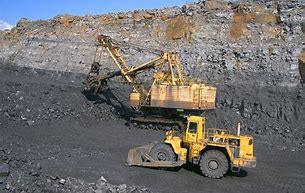
Surface mining of coal
Underground mining:
In some places, coal beds are found deep inside the earth; in that situation, coal is obtained using underground tunnels. This is known as Deep mining or Underground mining.
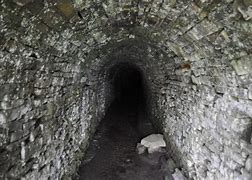
Underground mining of coal
Do you know?
In \(1774\), coal mining began in India. India is now the world's third-largest coal-producing country. USA and China have two-third of the world's coal reserves.
Types
Coal is classified into four categories based on the amount of carbon it contains and its heat-producing ability .
- Lignite
- Sub-bituminous
- Bituminous
- Anthracite
Lignite:
Lignite is low-grade brown coal. It has the least amount of carbon (\(25\) to \(35%\)). Lignite is water-rich coal that accounts for over half of our total coal reserves. It is utilised to generate energy, synthesise natural gas and make fertilizer.
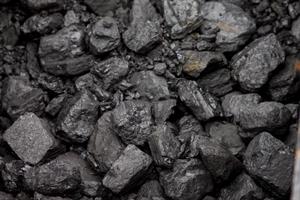
Lignite
Sub-bituminous:
When lignite becomes darker and harder over time, sub-bituminous coal is formed. Sub-bituminous coal is black and dull coal. Its heating value is higher than lignite, and it includes \(35 – 44%\) carbon. It is mostly used to generate electricity. This type of coal has a lower sulphur content and burns cleaner than others.
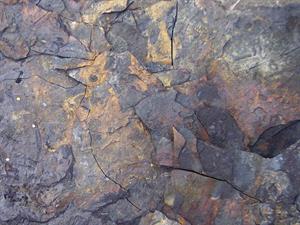
Sub-bituminous
Bituminous:
Sub-bituminous coal becomes bituminous coal as it undergoes additional chemical and physical changes. Bituminous coal is dark and hard. It has a carbon content of \(\(45 – 86%\)\). Its heating value is very high. It is used to generate electricity. Providing coke for the iron and steel industries is another key use of this coal.
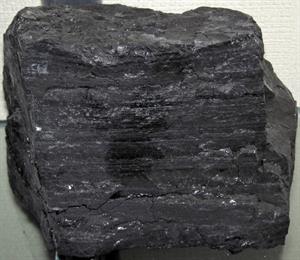
Bituminous
Anthracite:
The best quality coal is anthracite. It has a low weight and maximum heat content. Anthracite coal is hard, deep black and shiny. It has a carbon content of \(\(86 – 97%\)\). It has a somewhat higher heating value than bituminous coal. It burns longer with more heat and less dust.
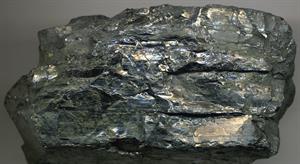
Anthracite
Reference:
https://snappygoat.com/b/20805e4a4f1fee57d99c6e674bee8235ab300cd5
https://live.staticflickr.com/49/144725014_3066533ddf_b.jpg
https://live.staticflickr.com/959/42231955182_7914d877c0_b.jpg
https://www.flickr.com/photos/jsjgeology/16321745923
https://th.bing.com/th/id/OIP.xeToHO7a-tC_BCnsNd7mZwHaE8?w=305&h=193&c=7&o=5&pid=1.7
https://th.bing.com/th/id/OIP.9VBuRi39ELfmMFeBc9sCugHaE7?w=252&h=180&c=7&o=5&pid=1.7
